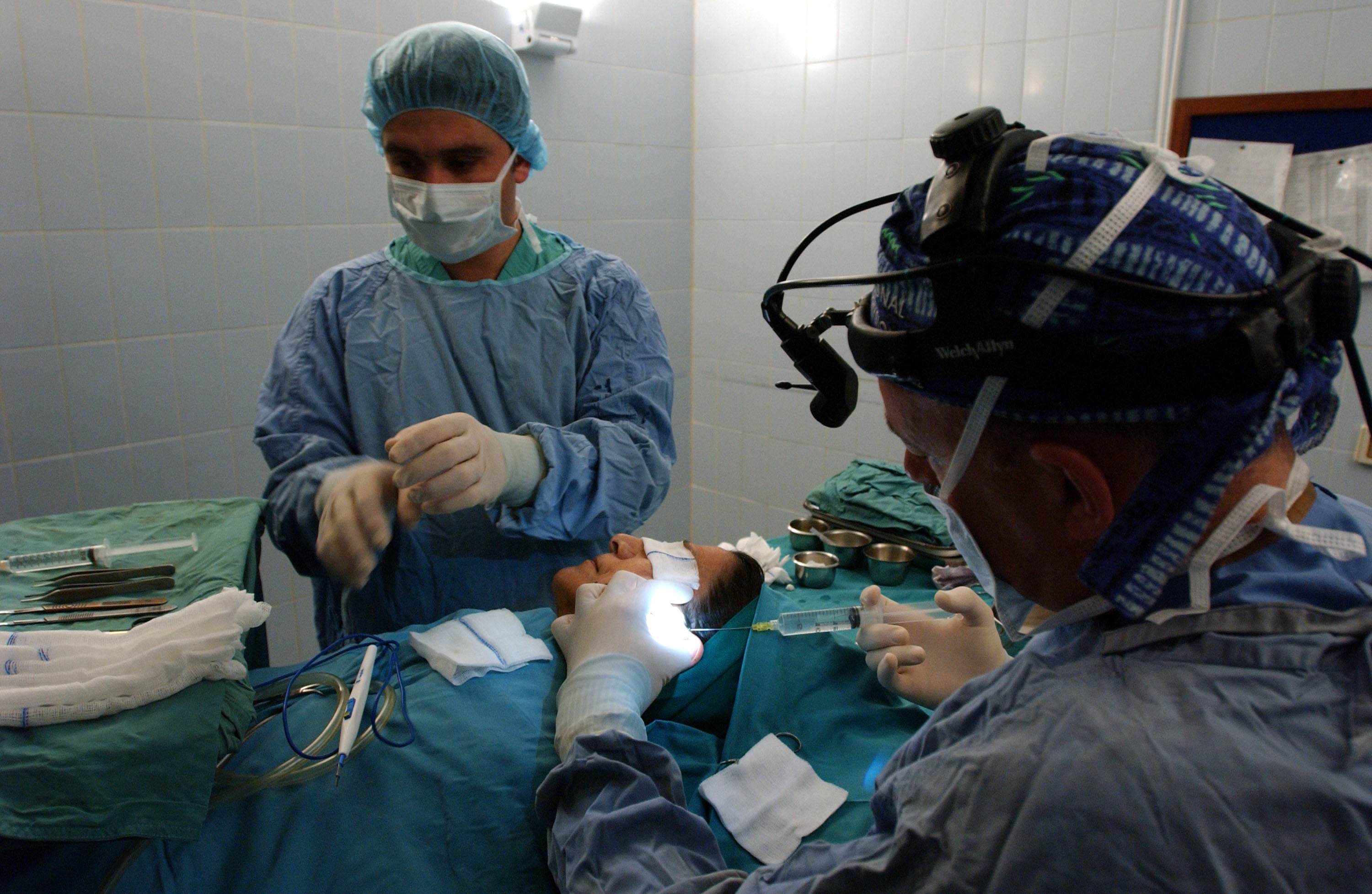Doctors remove rare orange-sized vagina stone from woman’s pelvis
Such stones are rarely encountered and often misdiagnosed as bladder stones, researchers say

A rare case of an orange-sized vagina stone removed from the pelvis of a woman has been reported by doctors in Lebanon.
The 27-year-old bedridden woman, who has cerebral palsy along with a history of inability to control urination, was admitted to the hospital emergency department, according to a recent study.
The woman had a three-day history of fever and chills. She also suffered from decreased oral intake, vomiting, and abdominal pain, said researchers from Beirut.
After a physical examination, doctors found the patient was pale and lethargic, and her abdomen was soft and distended.
A radiography found she had a large stone in her pelvis about the size of an orange. This was later confirmed by a CT scan.
“CT scan of the abdomen and pelvis showed gross calcified round structure in the pelvis occupying space between the urinary bladder and the rectum likely pushing upward the uterus occupying the vaginal space,” researchers wrote in the study.
A gynaecological examination then “confirmed the presence of the stone with no other abnormalities,” they said.
The stone measured 9 × 10cm, according to the study.
Such cases of vaginal stones are rarely encountered and often misdiagnosed as bladder stones.
Symptoms in patients can be “unspecific”, ranging from asymptomatic stones to acute onset of fever or abdominal discomfort, making diagnosis a steep challenge.
Previous studies found patients with cerebral palsy may experience urinary incontinence, or the inability to control urination, leading to leakage of urine into the vagina.
When such patients remain bedridden for prolonged periods, this can lead to urine buildup and crystallisation in the vagina, promoting stone formation, scientists said.
In the case of the 27-year-old, the large stone pressing against the bladder also caused more urine to leak.
In some cases, bacterial infection can also be associated with stone formation.
Once doctors confirmed the presence of the stone, they started the woman on broad-spectrum antibiotics.
Six weeks later, the woman was put under general anaesthesia and the stone was removed through the vagina with endoscopy.
Doctors first used ultrasonic shockwaves targeting the woman’s abdomen to break up the formation, after which forceps were used to remove the fragments in a three-hour procedure.
“Patient was discharged on antibiotics, and caregivers were advised to maintain a scheduled follow-up,” noted the study, published in the journal Urology Case Reports.
Researchers said cerebral palsy patients who are bedridden are prone to vaginal stone formation. They recommend routine gynaecologic checks for them, to be followed by X-ray scans if stones are suspected.
Join our commenting forum
Join thought-provoking conversations, follow other Independent readers and see their replies
Comments
Bookmark popover
Removed from bookmarks